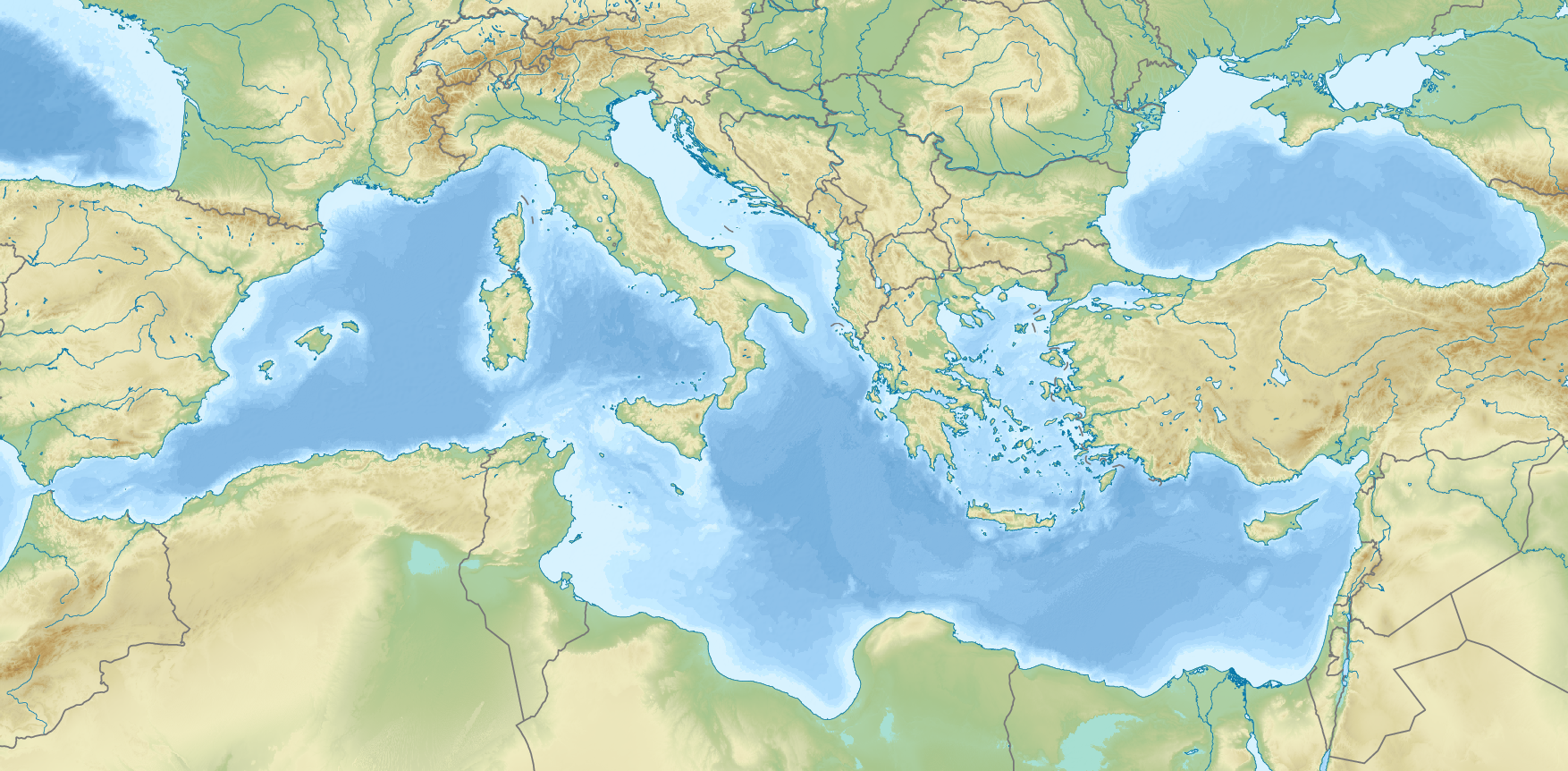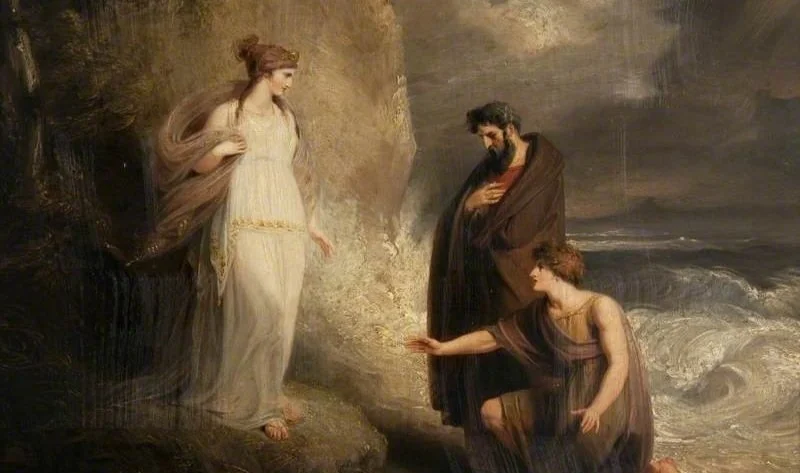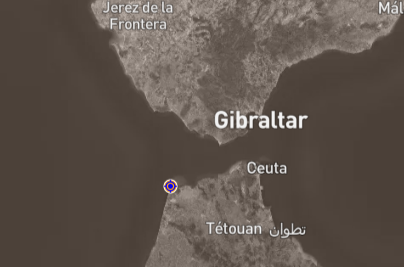It’s spelt “Soloeis” not “Soloesa”: placing myths on a map with Pseudo-Skylax.
written by Chris Hitchens
Over the past few weeks, I have been working on an ancient text called the Periplous by Pseudo-Skylax. This may lead to the question: what is a periplous? Essentially, it was an ancient Greek sailing manual, offering advice on navigation around the Mediterranean. However, it is a little more complex than that. This kind of geographic text didn’t replace maps—the ancient Greeks did have many of those—instead, it combined directions with practical advice for sailors.
For example, the text might note that in a certain region, women rule instead of men, suggesting that it would be wise not to ignore them in conversation. It may also mention a shrine located a little off the path, prompting a religious sailor to take a detour to make a sacrifice. What the Periplous does is combine practical advice on how to get from place to place and what to expect in terms of ports, harbours, and coastlines, with equally useful advice about the people and customs sailors might encounter.
Nzeemin (2012) Relief map of Mediterranean Sea [Map]. Based on ETOPO1 dataset (relief and bathymetry) and GSHHS dataset (coastline and country borders). Available at: https://commons.wikimedia.org/wiki/File:Relief_Map_of_Mediterranean_Sea.png. Licensed under CC BY-SA 3.0.
The text itself is fascinating, composed sometime in the fourth century BCE by an author we know little about. The name Pseudo- Skylax is used because scholars are unsure of the true author’s identity, but context clues suggest a fourth-century date. This text is especially useful to MANTO’s mission because it literally does what the project aims to: it places mythology in its geographic context, transforming myth from abstract stories into physical locations that the ancient Greeks believed were connected to their legends.
The world of myth is often described as the stories we tell to make sense of our surroundings. Pseudo-Skylax’s Periplous is a prime example, locating unlocatable islands like that of Calypso near Tyrrhenia, or describing descendants of the Trojans living in Sicily. This gives us unique insight into how ancient Greeks viewed their world, blending mythology, geography, and cultural identity.
Westall, R. (1803) Telemachus Landing on the Isle of Calypso (from Homer’s “Odyssey”) [Painting]. Oil on panel. Glasgow Museums Resource Centre, Accession no. 257. Available at: https://commons.wikimedia.org/wiki/File:Richard_Westall_(1765-1836)_-_Telemachus_Landing_on_the_Isle_of_Calypso_(from_Homer%27s_%27Odyssey%27)_-_257_-_Glasgow_Museums_Resource_Centre.jpg.
However, extracting mythic references from the text was challenging for several reasons. Like many ancient authors, Pseudo-Skylax assumes knowledge common in his time but lost to us, meaning some mythic stories are mentioned without explanation. The significance of these stories, or how sailors were expected to behave when visiting associated places, often remains unclear.
Place names posed another major difficulty. Unique or unusual spellings meant it was often uncertain which locations were meant. A recurring question was whether a name referred to a new place or was just another name for a location already in the data. Yet, this is also why texts like these are so valuable—they introduce previously unknown or little-discussed locations, enriching our understanding of the ancient Mediterranean.
Pleiades (n.d.) Map of Soloeis [Screenshot]. Based on Google Earth data. Available at: https://pleiades.stoa.org/places/275724. Used for educational purposes under fair use and site’s open access policy.
The text’s genre added to the difficulty, as it wasn’t designed to provide detailed mythological accounts but rather practical navigation advice. This meant many details a researcher might wish for were glossed over. For non-sailors, the Periplous might seem limited, focused mainly on how to get from point A to point B.
We often imagine the ancient Greeks living in a world full of doric columns and flowing robes, and think of their myths as stories that are separate from reality. But texts like Pseudo-Skylax’s Periplous show us that myths were closely tied to real places and peoples. They reveal how the Greeks understood their world, where myth, politics, culture, and geography were all connected.
Texts like the Periplous put myth back into its context, giving faces and locations to these stories, making them and what they teach us about the Greek and Roman world much livelier.
This is the fourth in a series of blog posts from students at Macquarie University who are participating in this semester’s PACE internship.
ArchaiOptix (2018) Wall painting – seascape with port – Pompeii (VIII 2 28) – Napoli MAN 9484 [Photograph]. Museo Archeologico Nazionale, Naples, inv. no. 9484. Found at Pompeii, House with Nymphaeum (VIII, 2, 28). Available at: https://commons.wikimedia.org/wiki/File:Wall_painting_-_seascape_with_port_-_Pompeii_(VIII_2_28)_-_Napoli_MAN_9484.jpg. Licensed under CC BY-SA 4.0.




